This Week's Wikipedia Deep Dive
I Googled an airport and ended up learning the history of chili powder
Wherever I’m traveling in the world, I do a Wikipedia search on the place. I was recently in New Orleans, and while standing outside the airport waiting for my ride, I decided to figure out why the airport code for Louis Armstrong New Orleans Airport is MSY… and ended up learning about barnstorming and chili powder.
Bear with me.
The airport was originally called both Moisant Field and Moisant Stock Yards (MSY), after aviator John Moisant. This is he:
Moisant was not from Louisiana (he was born in Illinois, and lived most of his life in France), but they built the airfield a few miles from where he died in a 1910 plane crash.
Before we get to his death: In August, 1910, he flew the first passenger flight over the English Channel. The passengers were his mechanic and his cat, Mademoiselle Fifi, pictured above. It was Moisant’s sixth flight ever. We can assume it was Fifi’s first.
Okay, the death: He was preparing to compete for the longest sustained flight of the year. (This was December 31st, so he was putting in a last-minute bid.) He attempted to land outside New Orleans and was caught in a gust of wind and thrown from his monoplane. It was this kind of plane, a Blériot XI, and I can see the issue:
He fell 25 feet, in front of a crowd of spectators, and landed on his head. He was hurried to the hospital via rail, but it was—well, I’m not going to say it was too late, because I don’t think that was really the issue. But he was no more.
But before his death, Moisant was the founder of a flying circus:
This is where I admit the embarrassing fact that my whole life, I have assumed that Monty Python’s Flying Circus was referencing, like… the flying trapeze? Or just some nonsense Terry Gilliam concept with a circus tent literally flying through the air. I had heard of “barnstorming,” but mostly in the political sense, and hadn’t looked into its aviation meaning. Both terms refer to the form of entertainment in which stunt pilots toured the country in the 1920s, performing aeronautical tricks.
Here’s how it got popular, aside from the fact that people all over the world wanted to see planes for themselves:
In WWI, the US military manufactured a ton of Curtiss JN-4 biplanes (“Jennys”) and trained a lot of airmen. After the war, they sold off the surplus Jennys on the cheap, and many were bought up by servicemen who’d been trained on them.
If you were a vet returning from the war and you wanted to keep flying and make some cash, there were basically three things you could do: carry the mail, barnstorm, or smuggle. Only one of these was both fun AND legal. Plus there were zero FAA regulations.
So as I’m reading about barnstorming, my eyes catch on the name Bessie Coleman. When you get off the highway to O’Hare, you take Bessie Coleman Drive, and I did know that she was the first Black female aviator, but there was a lot I didn’t know about her. I assumed, for one thing, that she was from later in the 20th century.
She lived from 1892 to 1926, and was the first African-American woman and the first Native American to earn a pilot’s license; plus she was the first Black person in the world to earn an international pilot’s license.
Born to sharecroppers in Texas, she moved at 23 to Chicago, where she lived with her brothers and became a manicurist. She kept hearing about the pilots returning home from the war, and decided she wanted to fly. American flight schools were not going to admit women OR people of color at the time, so she realized she needed to study in France. She took a second job at a chili parlor (more on that later) and Robert S. Abbott, the founder the Chicago Defender, publicized her quest and helped raise money. She also learned French just so she’d be ready.
She did it! Here’s her license:
She returned from France as a media sensation, but there was no work for her in mail carrying or commercial aviation (or smuggling, I guess) so she realized she’d need to become a barnstormer. She went back to France, then Holland, then Germany, and learned exhibition flying. She performed in shows honoring Black veterans, she toured the country, she spoke out about racism and her dream of starting an African-American flying school, she became known as “Queen Bess,” and she kept flying after she broke a leg and three ribs in a plane crash.
She still didn’t have her own plane, and so (long story) she stayed in Orlando, Florida with a minister’s family and opened a beauty shop to earn the money for one.
Around this time, she was offered a role in a movie, a role that would have given her good money; but in her first scene, she was supposed to appear in tattered clothes, and so she quit. From historian Doris Rich: Bessie “walking off the movie set was a statement of principle. Opportunist though she was about her career, she was never an opportunist about race. She had no intention of perpetuating the derogatory image most whites had of most blacks.”
So, by 1926, she had finally purchased a plane, a Jenny. By 1926, these planes were old. I think this might be the same bright yellow plane that there’s a model of in her hometown, but the internet is being unclear, and it doesn’t look like the Jennys above; if anyone knows, please tell me!
On April 30th, her mechanic flew the plane to her in Jacksonville, FL, but had to make three emergency landings along the way because the plane was in such bad shape. Bessie had planned a parachute jump for the next day and wanted to check out the landscape from above. Her friends begged her not to get into the plane, but she did, with her mechanic flying. Ten minutes in, the plane went into a nosedive and she was thrown out and killed, at age 34. (The plane then crashed and her mechanic died as well.)
Her funeral, in Chicago, was attended by 10,000 and led by Ida B. Wells. She’s gotten some solid recognition (if not enough) in more recent years…
But what’s a chili parlor?
I mean, okay, it’s kind of obvious, and I’m sure anyone from Texas is laughing at me right now, but I learned stuff.
Chili came into its own in San Antonio, TX, in the 1800s, with Tejana and Mexican women opening small chili stands. Then at the 1893 Columbian Exposition in Chicago, there was a “San Antonio Chili Stand,” and people outside Texas discovered it (at the same time they discovered the Ferris wheel, which doesn’t seem like a great combo).
Shortly afterward, “chili parlors,” usually with their own secret recipes, started opening outside of Texas, usually run by former Texans; this was made possible by the invention of chili powder.
Chili powder was allegedly invented by one of these guys (not sure which), a German immigrant to Texas named Willie Gebhart.
He had opened a cafe and loved using Mexican spices, but was frustrated that chili was only a seasonal dish because it relied on the pepper crop—so he figured out that he could dry them up and and the powder would keep for a few months.
I’m gonna say there’s a STRONG possibility that chili powder was first invented by a Tejana woman (or many) who never got the credit, but this is the guy who first packaged and marketed it, which allowed for chili parlors to spring up around the country.
Bon Voyage
I’ll end with the fact that while there are many children’s books and adult biographies about Bessie Coleman, I can’t find a literary novel about her. Someone ought to write one, please.




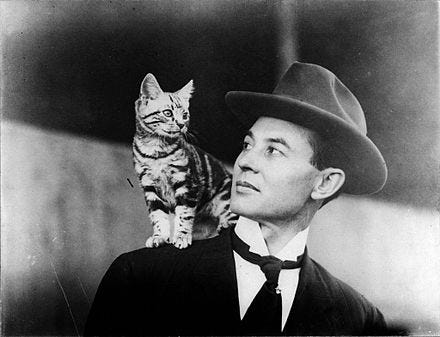

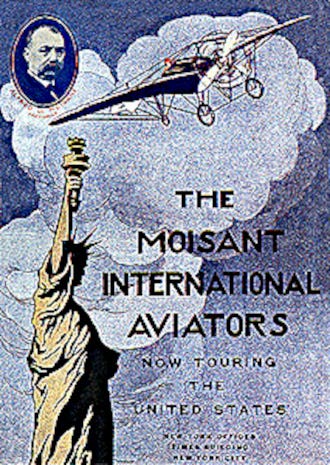



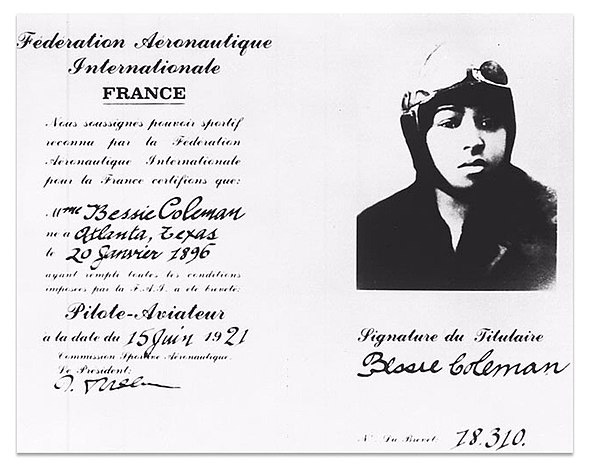


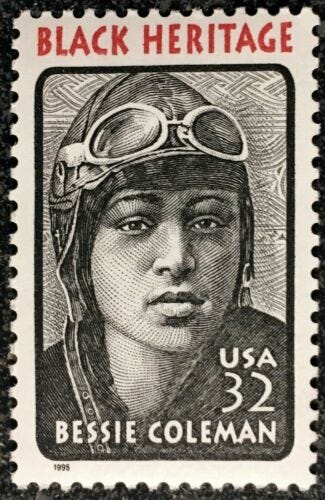
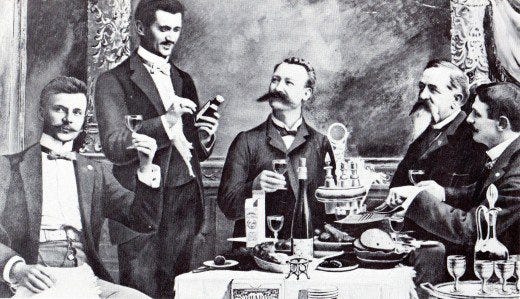
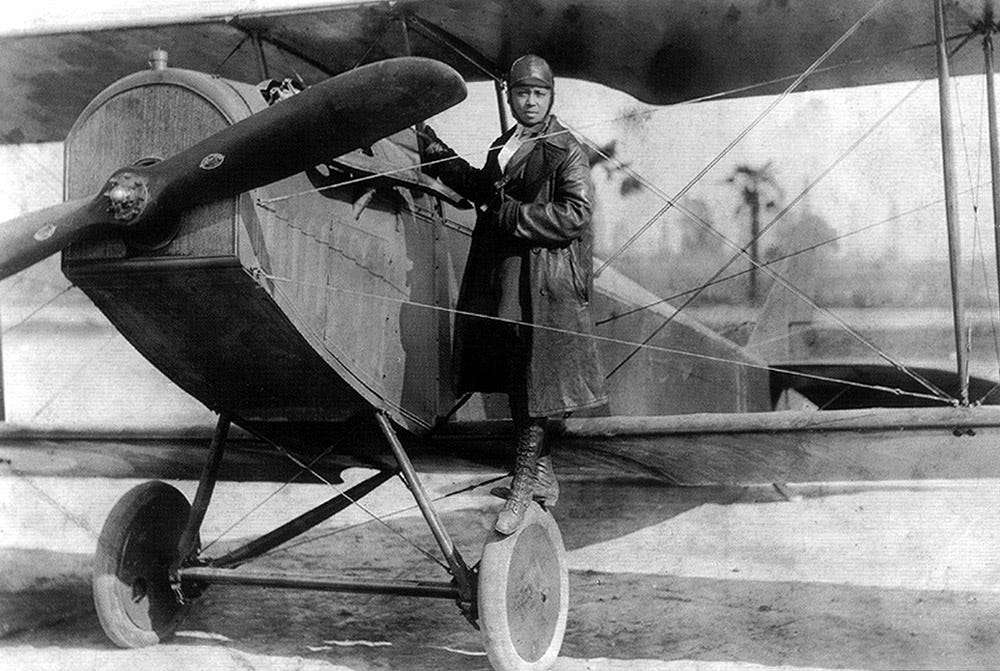
I can’t get over that she did all that before she DIED AT 34.
Not to be competitive or anything, but my Great Uncle Robert Sanford Olmsted was an aviator and a balloonist with several aeronautical patents to his name. In the middle of the Gordon Bennett Cup, flying over the Netherlands in 1923, his balloon was struck by lightning and along with his co-pilot, he plummeted to his death. I have always wanted to write a literary novel about him, imagining how he would have been the toast of Paris during the war, so full of young widows. And now it occurs to me that he could have well staying in Europe because he fell in love with a black aviatrix. Why not?
(This is one of the reasons I so love the post-war timeline in The Great Believers.)